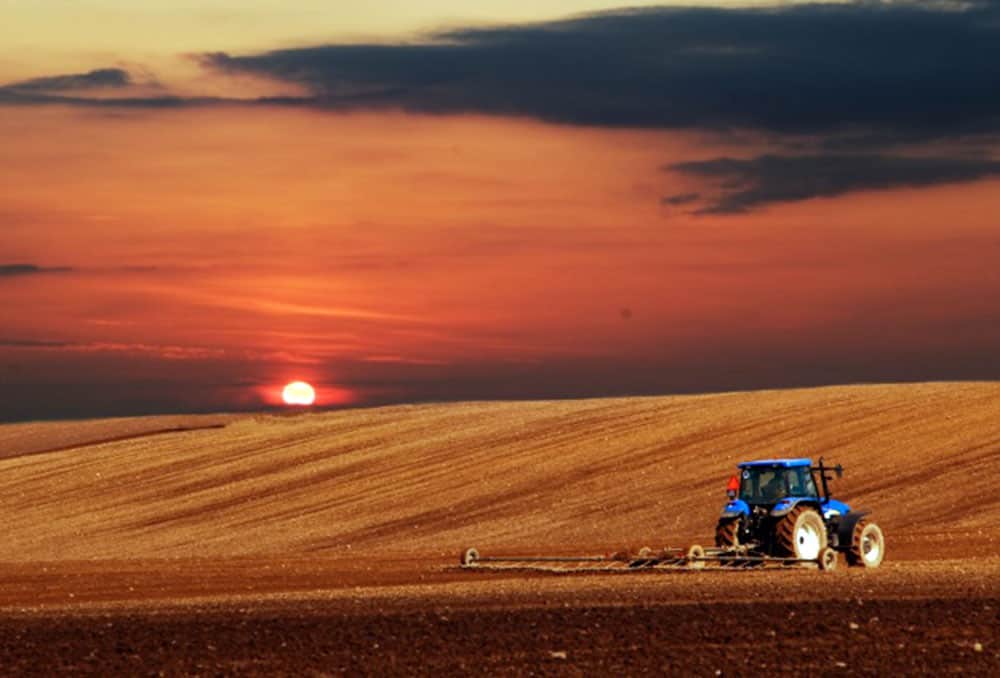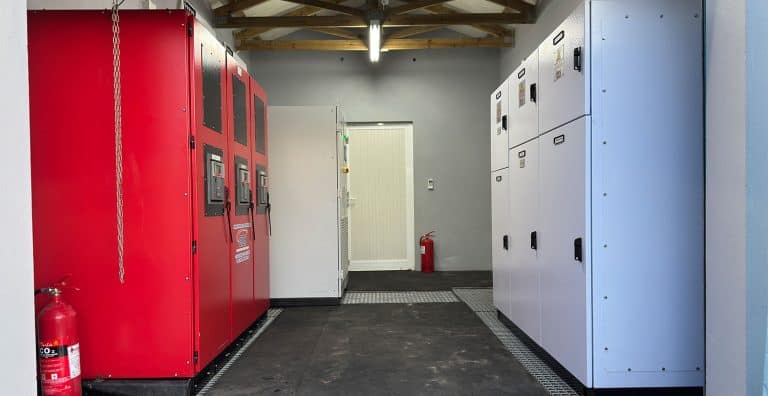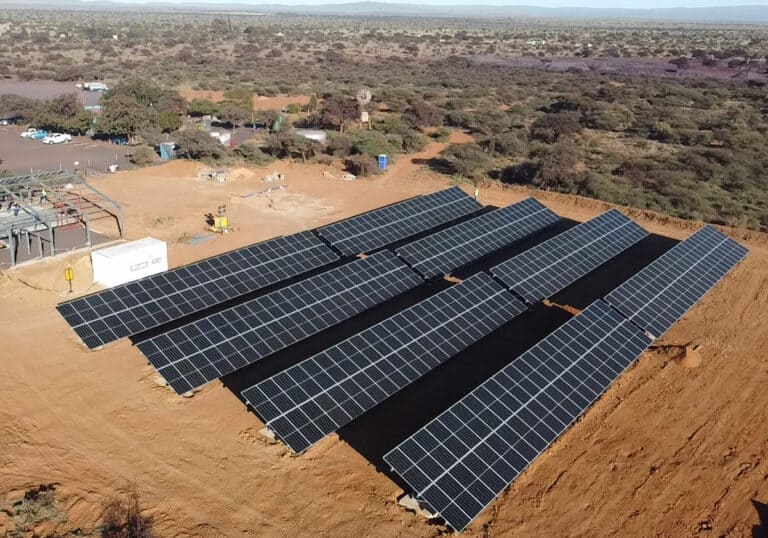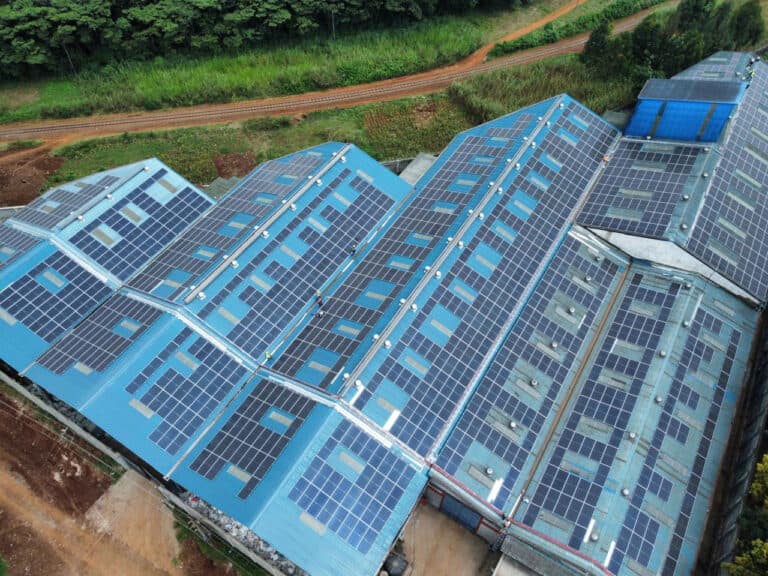With its vast, fertile landscapes, Africa is a prime destination for agriculture. However, drought, adverse weather and the increasing expenses involved with equipment and infrastructure have led to a number of problems for farmers who seed crops and look after livestock. The issues facing African farmers are prevalent throughout the continent, including South Africa, where rises in transport and tools have had a harmful effect on agriculture in recent years. However, energy efficient farming methods could provide an alternative, helping to boost productivity and increase GDP.
Energy consumption and agriculture in South Africa
Renewable energy is increasing in popularity in South Africa as farmers look for new ways to save money and improve the environment. Sustainable equipment and tools are decreasing in price and many farmers are now using energy efficient agricultural processes throughout the country. Energy efficient motors and lighting can offer an environmentally pleasing alternative to old technologies, especially LEDs and CFLs which provide a farm with light for seeding crops and looking after animals. Motors and pumps are also being replaced with newer technologies to reduce the power exerted from old, oversized vehicles.
The future of sustainable energy in South Africa
Despite progress in energy efficiency, SA, like the rest of the continent, still has a long way to go. Some farmers are hoping to match the American and Western European agricultural model where renewable energy water heating systems are becoming the norm. These rely on solar energy can be a cheaper alternative to outdated heating systems. What’s more, they are environmentally friendly and easy to use.
Renewable sustainable energy and farming
Another motivating factor for farmers in SA to switch to sustainable, renewable farming practices is because it is cost effective. Electricity and water bills could be reduced considerably by changing to less energy intensive processes, for example, carrying out farming work during periods where electricity isn’t charged at a premium (usually during the evening).
Renewable energy and GDP
In the major cities in SA, new innovations and technologies are being created that could help to boost the country’s GDP. There’s certainly a growing market for it, especially when energy efficiency in South Africa is much lower than other countries. Research reveals that the country lags behind other nations when it comes to renewable energy. However, the future looks bright: A study suggests that while 17 percent of all energy will come from renewable sources in 2030, 40 percent of the energy in South Africa will be sustainable. It looks like South Africa will overtake many countries and exceed the global average in just over a decade.





